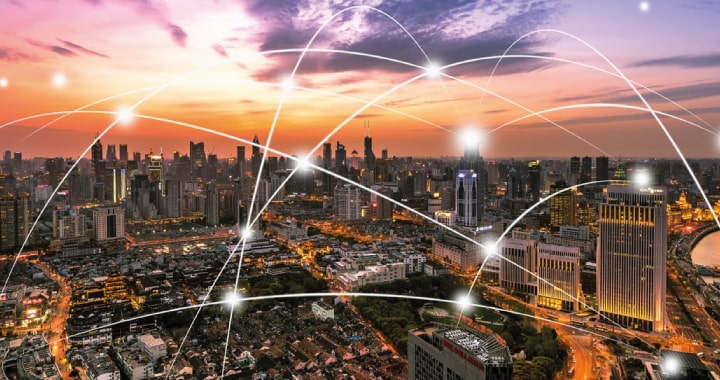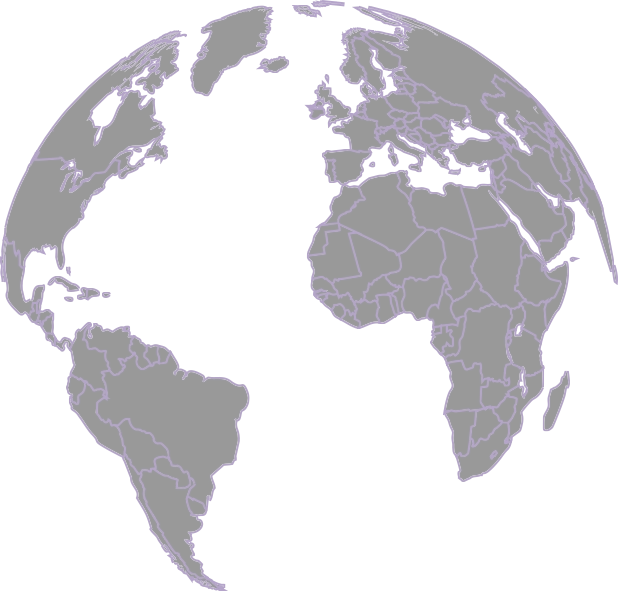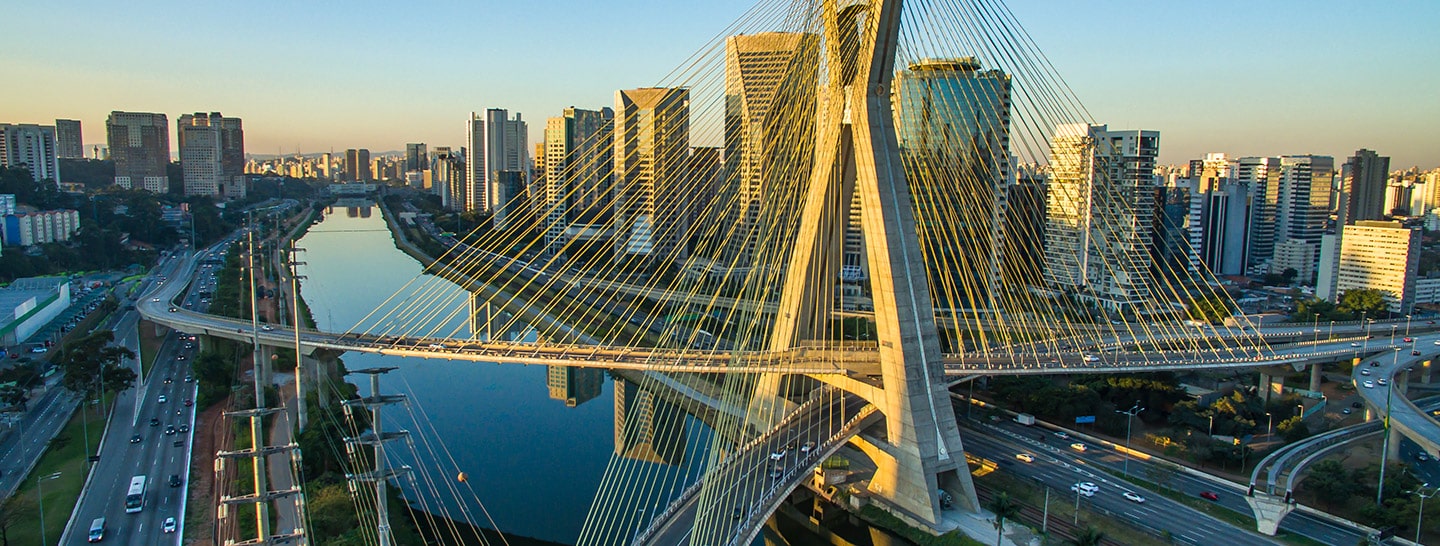
Moving towards more energy-efficient cities
Smart City Factors
Smart cities save energy by seeking out and using innovative ways of carrying out their various functions, from security and planning, to mobility, electric mobility and smart city LED lighting and much else besides. The result is to make smart cities more efficient, more liveable and sustainable.
Above all, smart city development means becoming more digital, generating data that can be used to hone procedures, to supply more efficiently the better targeted services that residents demand.
New challenge alert! We’re looking for innovative solutions to enrich our #ebus services and want to work with you. Share your ideas on how we may further electrify our public transport 👉 https://t.co/nM1JtEMox5. Let us know by September! #EnelX #smartcity #EnelOpenInnovability
— Enel X (@EnelXGlobal) August 6, 2021
Enel X’s City Analytics
For example, Enel X’s City Analytics uses all the data - the Big Data - generated by the interactions of residents and visitors to improve administrations’ understanding of the ways in which their city is experienced. This smart city analytical platform integrates inputs from sources ranging from local governments and mobile apps to advertising networks, from open data to the various sensors and cameras.
It then employs machine-learning algorithms to generate meaningful insights that administrators can use to improve the choices they make when planning mobility and security, managing road traffic and parking, and deciding on the best places to put new infrastructure.
A Smart and Customizable Solution for PA
Customizable to meet the real information needs of administrations for ease decision-making, monitor flows, and optimise size and positioning of services and infrastructure (from parking lots and charging towers, to garbage bins, as well as in planning road traffic flows), the city analytical service offers a viable solution that helps plan services on the basis of actual demand, through systematic collection, analysis and processing of Big Data.
By monitoring flows of pedestrians and vehicles, offering estimates of resident and visitor numbers and showing heatmaps of the busiest areas of the city, City Analytics shows how people are distributed across the area of interest, where they are going and where they come from, as well as revealing the behaviors of specific groups such as commuters, residents and tourists, all presented on an easy-to-understand dashboard.










